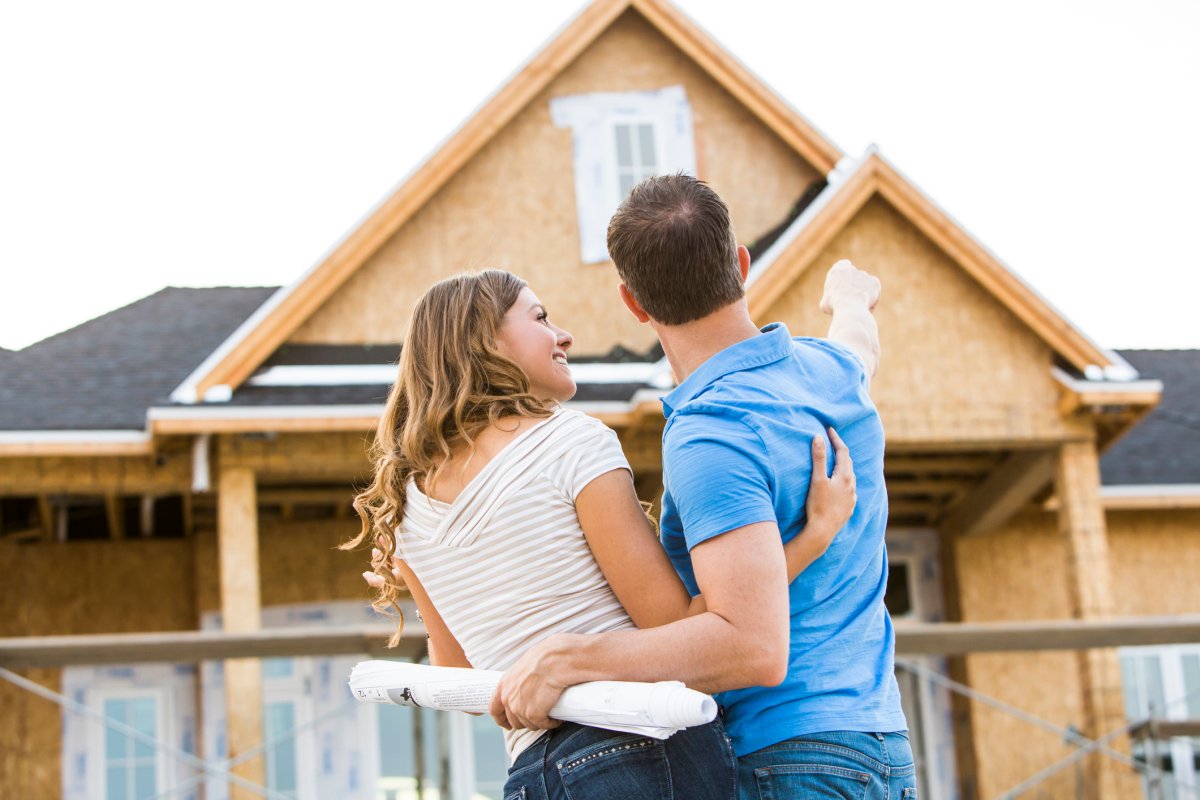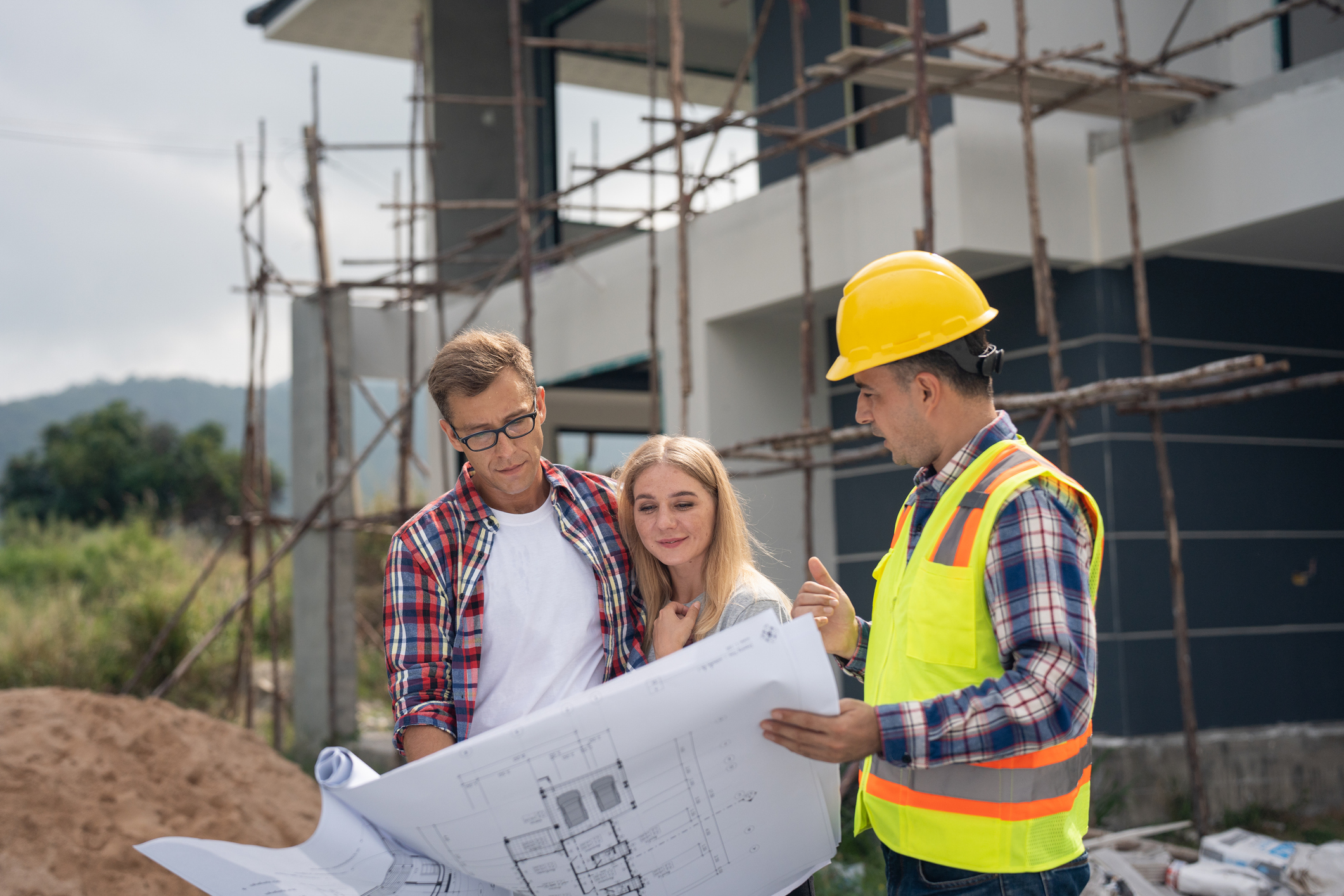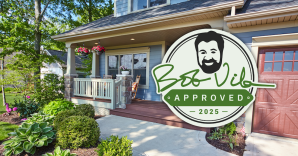

We may earn revenue from the products available on this page and participate in affiliate programs. Learn More ›
When searching for a new home, buyers are faced with the challenging question of whether to look for an existing home or a brand new one. While building a new home can come with potentially higher costs, buying new offers several benefits. It can be a fresh start and clean slate with which to make the home your own. New homes have more modern looks and features, such as smart technology options, and you can work with the builder to customize a new home with specific finishes and upgrades.
A new home also is likely to save you money due to its energy efficiency and lower maintenance costs, plus you can benefit from builder warranties, and even possible amenities in a new community. Some buyers still are turned off by the higher cost of a new home, but the gap between the price of a new home vs. an existing home is quickly shrinking. Learn why this is happening now and what to expect, depending on where you are looking to live.
How Housing Prices Are Shifting
The average cost of a new home versus an existing home is closer than ever. According to data compiled by the U.S. Census Bureau and National Association of Realtors, the median sale price for a new single-family home in the first quarter of 2025 was $416,900, just $14,600 above the price of an existing home ($402,300) sold in the same period. This is a change from just 2 years ago when new homes sold for about $64,000 more than existing homes; in the prior decade (2010-2019) the gap reached $66,000.
According to the National Association of Home Builders, the data also shows how the median price for a new single-family home sold in the first quarter of 2025 decreased 2.32 percent from the previous year and that new home prices continued to experience year-over-year declines for eight consecutive quarters. However, the median price for existing single-family homes increased 3.38 percent from just a year ago, and prices have continued to experience year-over-year increases for seven consecutive quarters.
As buyers are paying a lower premium for newer homes and receiving a smaller discount for older homes, industry experts are starting to wonder how the market will continue to shift. Buying an existing home used to cost less due to factors like outdated features, depreciation, and the expectation that repairs would be necessary.
In 2024, the typical older home (30-plus years old) sold for 15 percent less than the median home price. Compare this to 2012 when buyers paid 18.9 percent less. During that same time frame, homebuyers paid 11.8 percent more for a newer home (less than 5 years old), compared to the median home price, but in 2012 buyers paid 44.4 percent more.

Why New and Existing Homes are Selling at Similar Price Points
What is triggering this declining price gap between new and existing homes on the market? Turns out, there are several factors.
First, we are still experiencing impacts on the real estate market as a result of the global pandemic. Prices of both new and existing homes increased quite a bit during and after the pandemic due to higher construction costs and a limited housing supply. While new home prices have moderated, existing home prices continue to rise given the lack of homes on the market.
Mortgage rates also play a role in the supply and demand. Many homeowners who secured low mortgage rates during the pandemic remain hesitant about selling their homes, considering the currently high interest rates. This has created a tight inventory, which is causing prices to rise for existing homes.
At the same time, new home pricing is staying steady or decreasing, depending on the types of homes being built and where they are located. Home builders have been successful at adapting to challenges, which has kept the prices stable. They are building smaller homes on smaller lots that cost less; for example, townhouses now make up 20 percent of new housing. Builders are also offering attractive incentives to customers as part of their sales strategy.

How Location Plays a Major Role in Price Differentiation
Though the gap between new and existing homes is closing, it varies depending on the location of the property. The housing data shows that the least expensive region for homes in the first quarter was the Midwest. The median price was $367,500 for new homes and $297,800 for existing homes. Next is the South, with a median new home price of $376,000 and an existing home price of $361,800. On the other hand, new homes were the most expensive in the Northeast where the median price for new homes was $784,900, but only $482,700 for existing homes. The West was the only region with more expensive existing homes: $522,100 for new homes versus $626,000 for existing ones.
Construction costs vary based on region, which affects the sales numbers. Because construction tends to be cheaper in the Sun Belt and Mountain West, more homes are being built in those areas. Also, as demand in states like Florida and Texas declines, home prices are falling. Yet, prices in older metropolitan areas are rising for older existing homes where less new construction is occurring.
